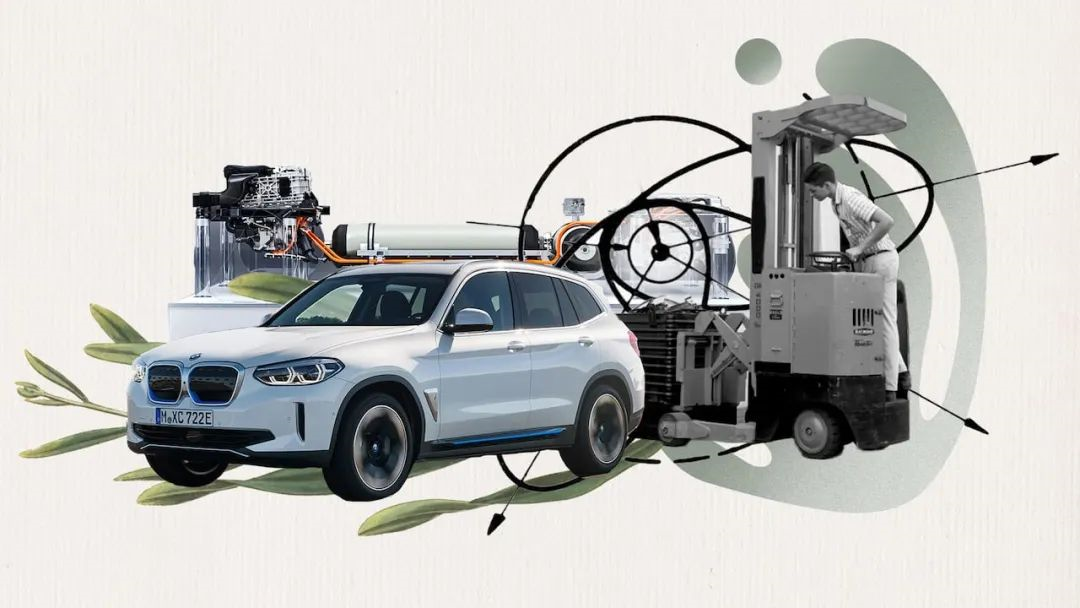Author: Michelin
Take out your reusable canvas bag, replace your disposable cup with one made from coffee grounds, use a biodegradable paper straw, and hop on a zero-emission shared bike – and you’ll have a low-carbon day.

While these low-carbon behaviors are driven by personal attitudes toward life and environmental protection, for auto companies, carbon reduction is a tangible KPI.
Since the introduction of the “Dual-Carbon” policy, carbon reduction has become the sword of Damocles hanging over enterprises alike. To meet the carbon reduction KPI, various companies have resorted to their ultimate weapons, and the first to bear the brunt is traditional fuel-powered vehicles: many car companies have pledged to stop production of fuel-powered cars by 2025 or 2030, switch to pure electric cars by 2040 or 2050, and transition towards carbon neutrality.
Electric cars have taken the lead for auto companies in carbon reduction.
Can the transition to producing electric vehicles reduce carbon emissions? Yes. According to statistics, over the entire lifecycle of a single pure electric car, carbon emissions can be reduced by about 43.4% compared to traditional fuel-powered vehicles. However, the remaining 67% of carbon emissions come from coal-fired power plants, mined steelmaking, electricity consumption within factories, and water usage, etc., which obviously cannot be solved by the elimination of internal combustion engines alone.
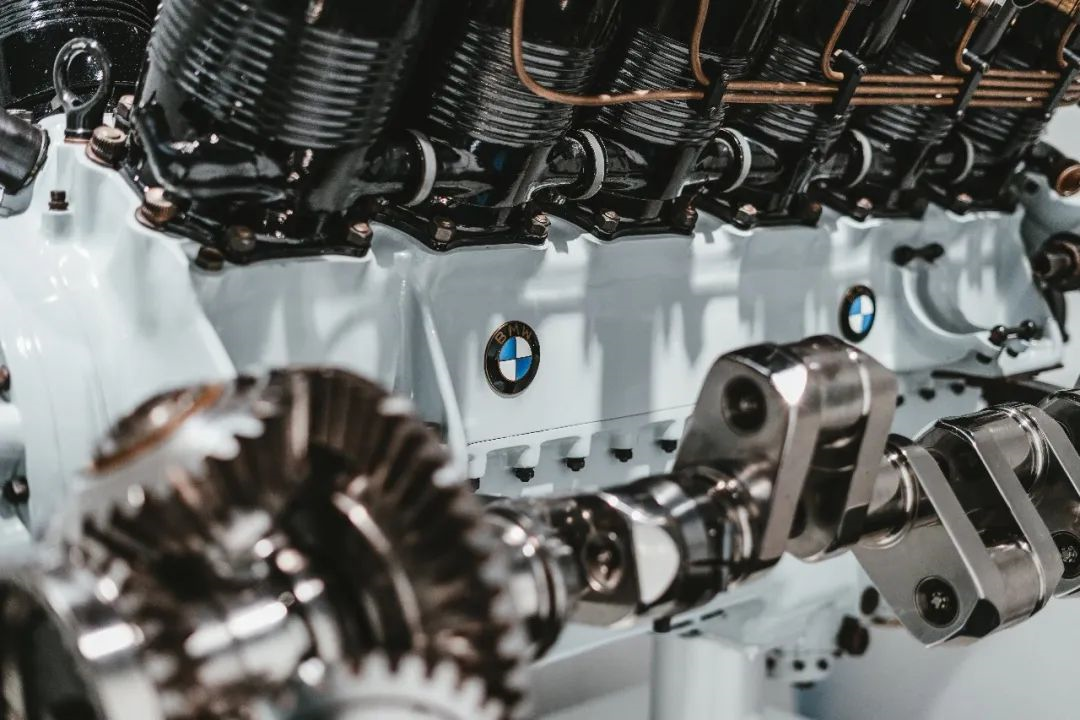
Electric cars are the best helper for car companies in carbon reduction, but relying solely on them to achieve carbon reduction KPI is far from enough.
On November 1, at the second BMW Group China Sustainability Development Summit, a 360-degree carbon cycle reduction was proposed. Carbon reduction tasks should not solely rely on electric cars; how to achieve 360-degree carbon cycle reduction will be the next challenge for automobile companies to face.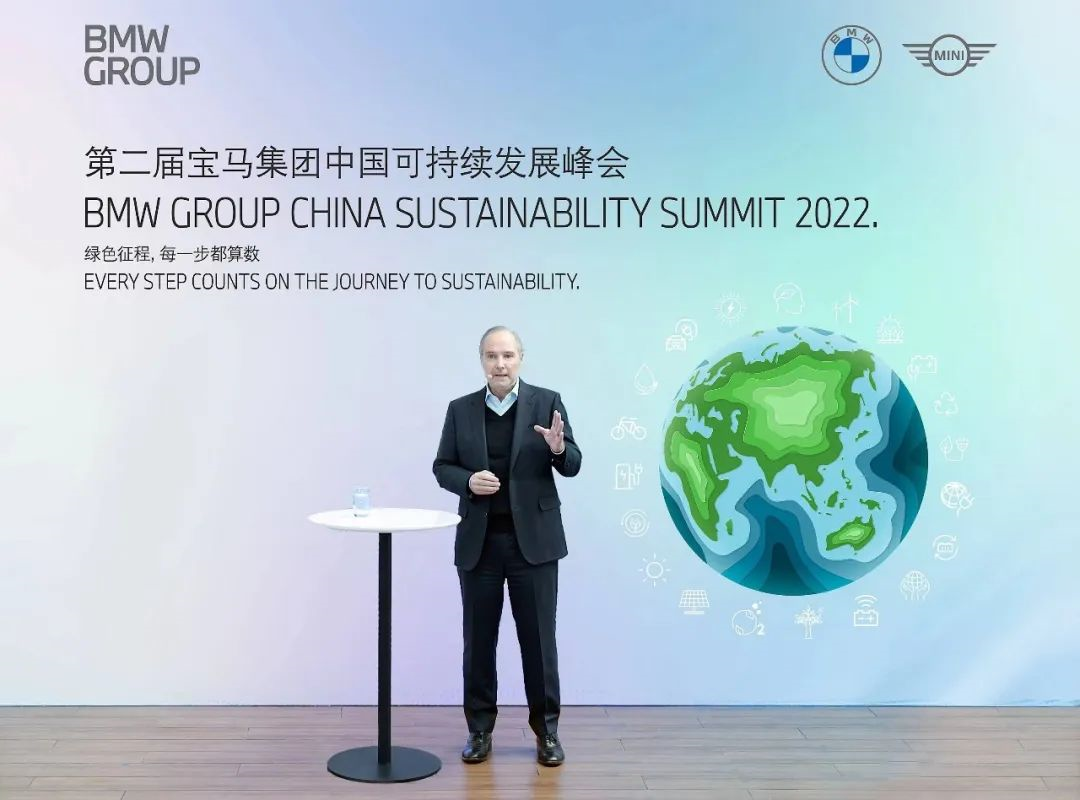
What Else Can Reduce Carbon Besides Eliminating Internal Combustion Engines?
To this day, when it comes to electric vehicles and environmental protection, we still hear voices like this: cars don’t need petrol, but there’s still pollution from power plants. It is true that pure electric vehicles with zero carbon emissions have only taken the first step towards reducing carbon emissions, and the remaining 99 steps may need to be taken, according to the China Automotive Low Carbon Action Plan (2022) released by China Association of Automobile Manufacturers (CAAM), whether it is gasoline or pure electric vehicles, 46.6% – 22.7% of carbon emissions are generated in the production, transportation, and recycling processes, in addition to carbon emissions generated by refueling and charging.
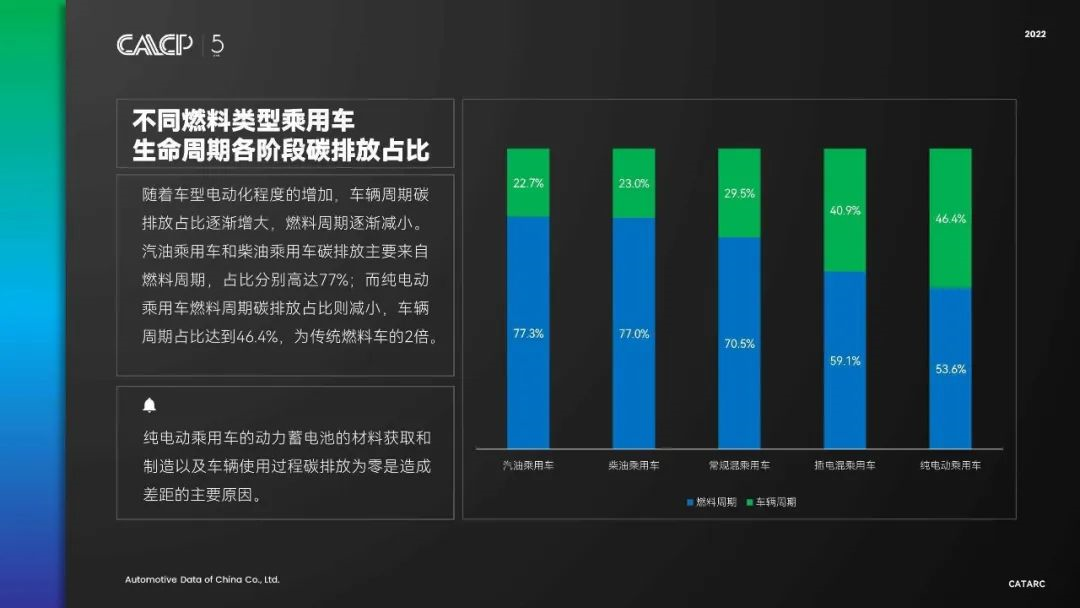
These carbon emissions range from the minerals extracted from mines to the scrap of a car throughout the life cycle of a car, from the mining and smelting of raw materials and the production, transportation, and assembly of parts to the recycling and disposal after scrapping.
If we divide them simply, they can be roughly classified into three stages of carbon emissions on the supply chain side, production side, and usage side.
The most common method of carbon reduction, pure electric vehicles, reduces carbon emissions at the usage side, but carbon reduction at the supply chain side and production side still needs to be addressed by the automakers themselves.
The production side can be said to be the most proactive link for automakers to reduce carbon emissions. In recent years, various automakers have plans to build zero-carbon factories, starting from the production process to produce environmentally friendly vehicles as much as possible.In June of this year, the expansion project of Brilliance BMW’s production base (Lida Factory) was officially put into operation, providing a model for carbon reduction in the production stage.
Firstly, clean energy such as electricity and water resources are being used.
In September 2021, Brilliance BMW achieved a green electricity transaction of 2.78 billion kilowatt hours in China’s first green electricity trading, leading the country in terms of green electricity procurement, which can guarantee the vast majority of green electricity demand for the next four years in their Shenyang production base. At the same time, 290,000 square meters of solar panels can be seen in BMW’s Shenyang production base, which is enough to support the annual electricity consumption of 9,000 ordinary families.
With the photovoltaic energy generated by green electricity procurement and solar panels, BMW’s Shenyang production base can now achieve 100% use of renewable energy.
At the same time, various measures have been taken to continuously reduce water resource consumption, and the water consumption per unit of production has been reduced to 1.82 cubic meters per unit.
At the same time, energy consumption has been reduced through “thrift” measures. Lida Factory has improved the production line, such as implementing an innovative intelligent energy management system (IOC) to monitor real-time energy and resource consumption at the factory level, facility level, process level, and equipment level. After deep analysis by artificial intelligence, the energy consumption has been further optimized.Reducing carbon emissions is a process of paying attention to details, every drop of water, every kilowatt-hour of electricity, every component is a source of carbon reduction. Through these open-source and frugal ways, it is possible to minimize the carbon emissions of a car in the production process as much as possible, based on the elimination of internal combustion engines, and create the “greenest” car.
Taking BMW as an example, in 2021, the carbon dioxide emissions per unit of production of BMW Brilliance Automotive decreased by 7.8% compared to the previous year, to 0.17 tons/unit, which is an 85% decrease from 2016.
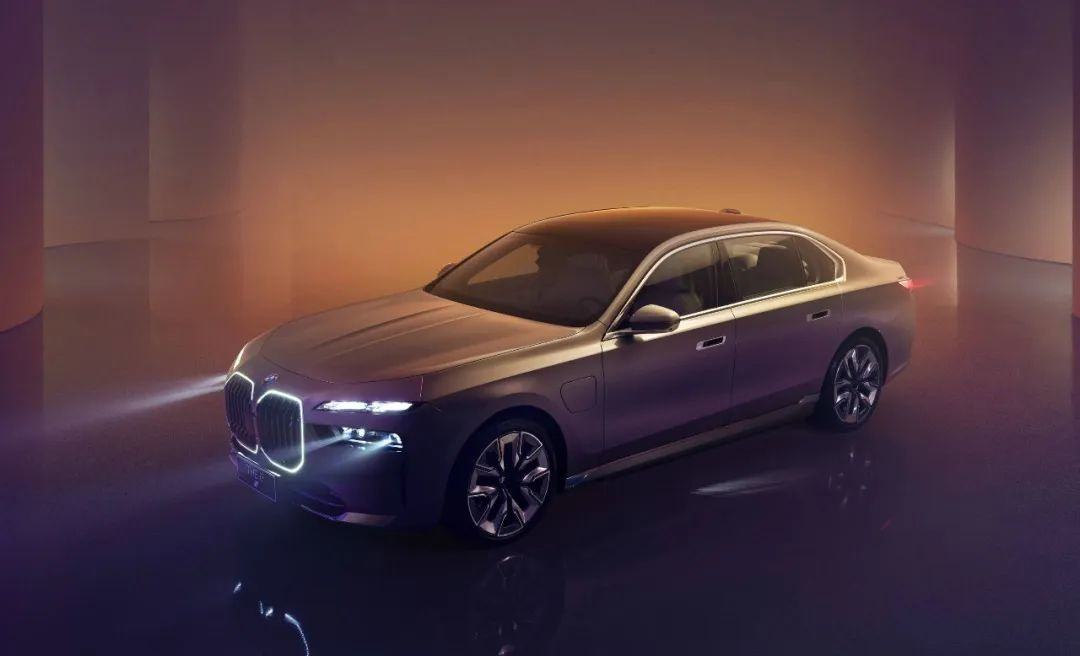
Reducing carbon emissions also needs “Friend Circle”
Returning to the common question mentioned earlier: Even if you drive an electric car, isn’t it useless if the electricity comes from a coal-fired power plant?
Carbon reduction is like a river. If downstream is working hard on environmental protection, but upstream continues to pour wastewater into the river, this task will never be completed.
Therefore, to achieve the KPI of carbon reduction, it is important for car companies to work on their own, but it is equally important to seek support from others. Carbon neutrality is not a single person’s battle, and reducing emissions also requires the establishment of a “Friend Circle.”
Taking pure electric vehicles as an example, the carbon emissions from power batteries account for more than one-third of the entire life cycle of pure electric vehicles, which is absolutely crucial. To reduce carbon emissions from power batteries, car companies need to work together with upstream battery suppliers and downstream battery recycling agencies.
 Last year, BMW reached an agreement with CATL to use 100% renewable energy to produce high-voltage power batteries. This year, BMW also signed an agreement with Huayou Cobalt to jointly create an innovative collaborative model for closed-loop recycling and cascading utilization of power battery materials, achieving the domestic electric vehicle power battery raw material closed-loop recycling for the first time. The aim is to reduce carbon emissions from all stages of production, usage, and recycling.
Last year, BMW reached an agreement with CATL to use 100% renewable energy to produce high-voltage power batteries. This year, BMW also signed an agreement with Huayou Cobalt to jointly create an innovative collaborative model for closed-loop recycling and cascading utilization of power battery materials, achieving the domestic electric vehicle power battery raw material closed-loop recycling for the first time. The aim is to reduce carbon emissions from all stages of production, usage, and recycling.
In the high carbon-emitting raw material field, such as in the steel supply chain, there is also cooperation to reduce carbon emissions. Currently, the use of low carbon steel in China’s automotive industry accounts for only about 10%. BMW and Hegang Group are working together to create a low-carbon automotive steel supply chain. Starting from 2023, low-carbon automotive steel from Hegang will be gradually used in mass production, and will gradually transition to green automotive steel produced based on hydrogen metallurgy technology in 2026.
To create a similar carbon reduction “circle of friends,” BMW has formulated a “China Supply Chain Carbon Reduction Plan,” which includes eight working modules, including not only high-carbon-emitting raw materials and components, such as steel, aluminum, high-voltage systems, and plastics, but also other key sustainable factors, such as renewable energy, environment, health, and safety.
From creating pure electric vehicles, to creating “green” pure electric vehicles, and then to establishing a carbon-reduction circle of friends, pulling suppliers and dealers to jointly reduce carbon emissions in a 360-degree cycle, automakers are making gradual progress in carbon emissions reduction.
It seems too heavy a burden for electric vehicles to shoulder the carbon reduction KPI alone, but when the KPI is distributed to every kWh, every drop of water, and every component, and shared among every car manufacturer, supplier, dealer, and even consumers who use cars, the goal of carbon neutrality is not far away.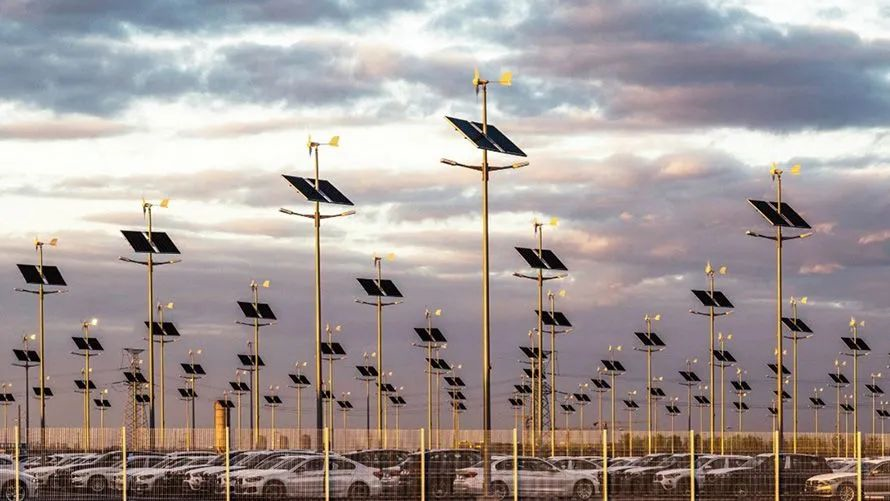
This article is a translation by ChatGPT of a Chinese report from 42HOW. If you have any questions about it, please email bd@42how.com.
